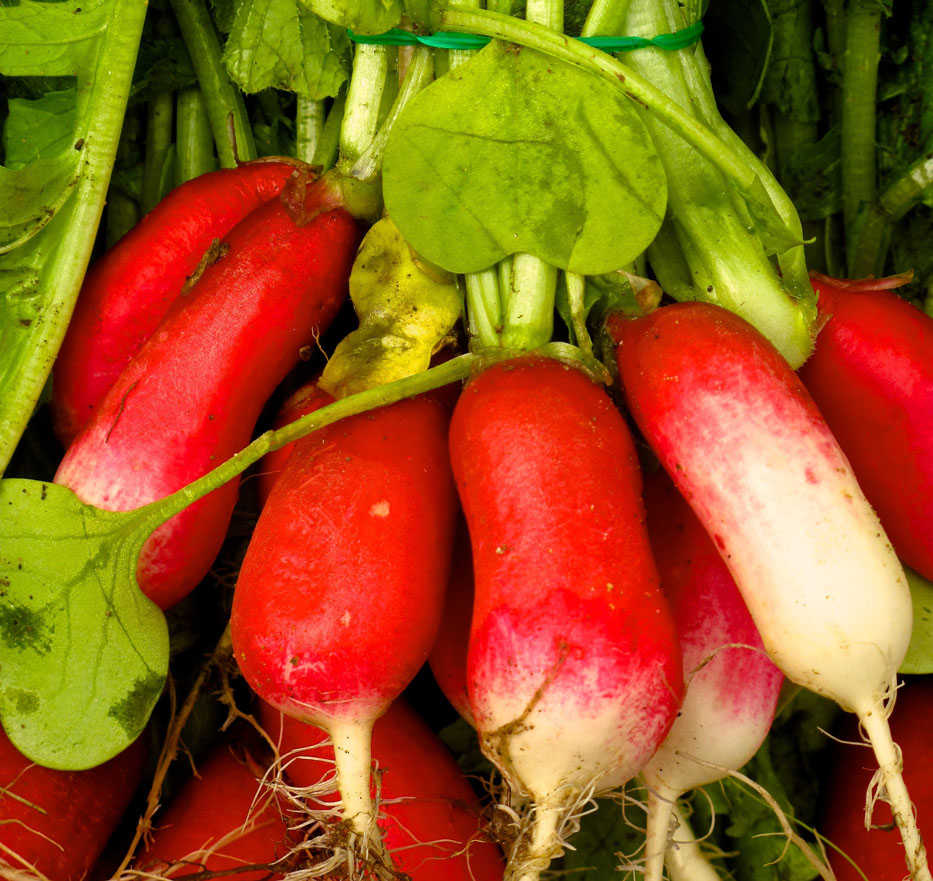Gardening delivers produce that is tastier, cheaper and safer than store-bought, right? Well, not necessarily safer.
“There’s always the potential from contamination, whether you grow your own food or buy it at the market,” said Marisa Bunning, an extension food safety specialist at Colorado State University.
“You know more about (food safety) and have more control over it with a home garden, but animals have more access to your yard than with specialty crops grown on farms,” she said. “Not only wildlife, but pets.”
Most food-borne illnesses are infections caused by bacteria, viruses and parasites, according to the Minnesota Department of Health. There’s also a danger from toxins or chemical contaminants. “Many food-borne pathogens also can be acquired through recreational or drinking water, through contact with animals or their environment, or through person-to-person spread,” the agency says.
E. coli and salmonella are the most frequently reported food-borne illnesses. Symptoms include diarrhea and vomiting, abdominal cramps, fever and joint pain. Severity depends upon an individual’s health, but children and the elderly comprise the highest risk groups, according to the Centers for Disease Control and Prevention.
Food safety specialists recommend guarding against contamination from field to fork. That means minimizing hazards in the garden and being careful when handling food in the kitchen.
Some guidelines:
— Choose the right garden location, especially in cities, Bunning said. “Avoid areas near septic tanks or runoff and aerosols from contaminated irrigation systems,” she said. “Septic tanks or reservoirs could be leaking.”
— Use only potable water for your produce. Groundwater from wells (the deeper the better) is generally safer than water from streams or ponds. Drip systems are better than sprinklers for avoiding direct water contact with edibles like leafy greens growing above the soil.
— Manage manure and compost properly. Age it from 2 to 4 months so beneficial bacteria can kill out the harmful types. Mix compost frequently, and ensure that it reaches temperatures of 140 degrees or more for prolonged periods to reduce or eliminate E. coli contamination.
“Food safety isn’t on the radar screen in many cases for home gardeners,” said Kurt Nolte, an agriculture agent with the School of Plant Sciences at the University of Arizona. “Many gardeners, including myself, just don’t have (compost) temperature probes that go that high.”
— Clean tools and yourself after gardening. “Keep pets out of the garden, use a high-quality water source, ensure that people in the garden are not sick, and that there’s no human waste on your hands or person,” Nolte said.
— Wash all fruits and vegetables before eating them, especially if serving them raw. Washing removes dirt and bacteria as well as residual pesticides. Cooking kills many pathogens, and promptly refrigerating leftovers will slow the growth of harmful bacteria.

